Marilyn Monroe Family Tree: Discover Her Ancestry
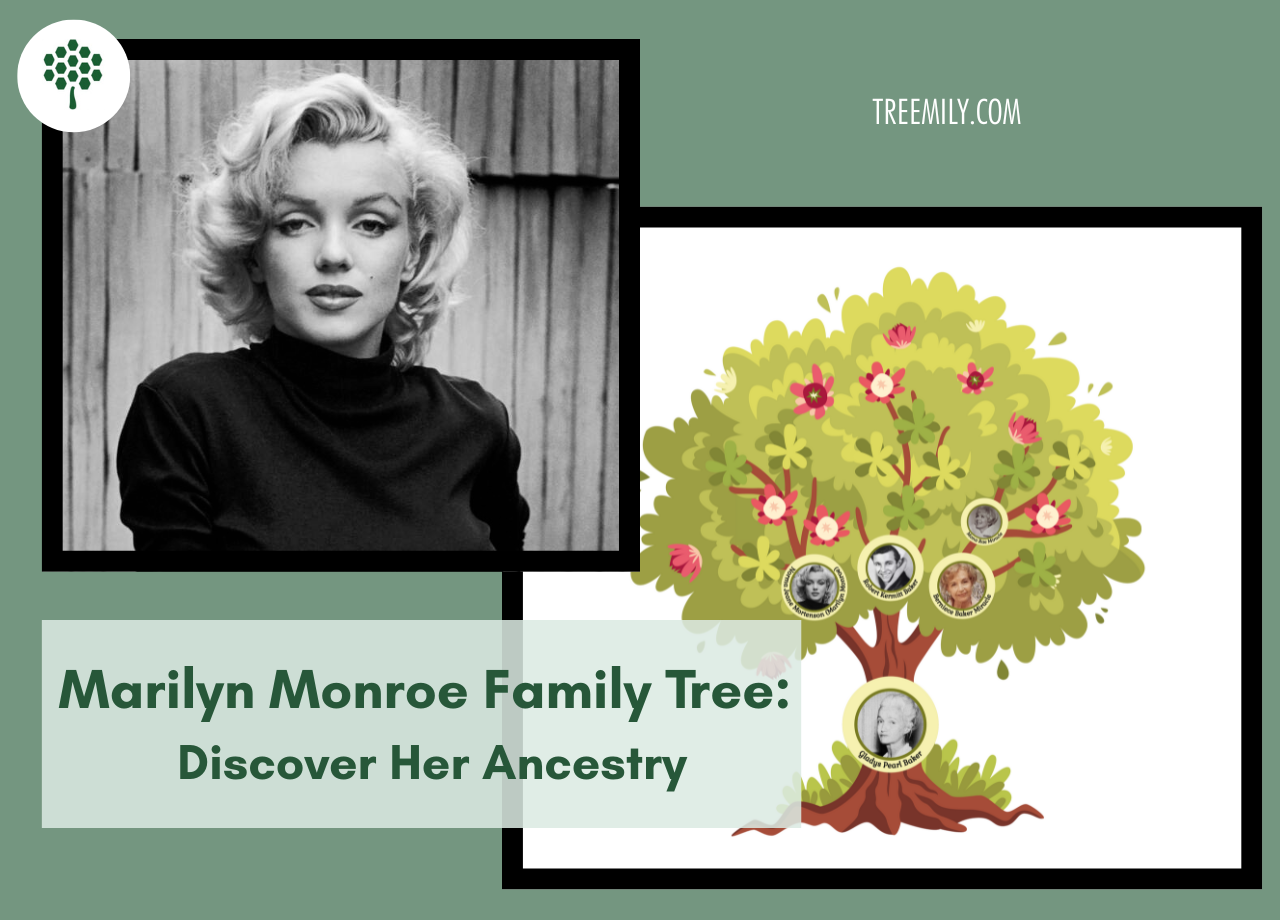
Few Hollywood icons have captured the world’s imagination quite like Marilyn Monroe. The platinum blonde bombshell remains an enduring symbol of glamour, fame, and tragedy. Yet, behind the dazzling persona was a woman shaped by a complex family history. Understanding Marilyn Monroe’s family tree gives us valuable insight into her personal struggles, relationships, and the heritage that influenced her life.
Born as Norma Jeane Mortenson on June 1, 1926, Monroe’s early life was filled with instability and mystery. Her ancestry reveals a blend of working-class roots, family estrangements, and some enduring secrets. By exploring her family tree, we can better understand the woman behind the legend — her struggles with identity, her yearning for connection, and her pursuit of love and stability.
Let’s dive into Marilyn Monroe’s fascinating family history, starting with her parents.
Marilyn Monroe’s Parents
Mother: Gladys Pearl Baker (née Monroe)
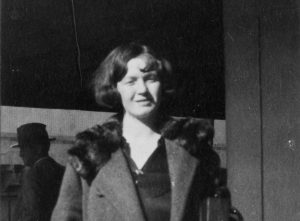
Marilyn Monroe’s mother, Gladys Pearl Baker, was born on May 27, 1902. Gladys worked as a film cutter at Consolidated Film Industries in Hollywood. Despite her involvement in the movie industry, her life was marked by hardship. Gladys struggled with mental health issues throughout her life, which tragically affected her relationship with Marilyn.
Gladys was diagnosed with paranoid schizophrenia and spent extended periods in psychiatric institutions. As a result, Monroe spent much of her childhood in foster homes and orphanages. Despite these challenges, Monroe maintained contact with her mother later in life, though their relationship remained strained.
Father: Charles Stanley Gifford
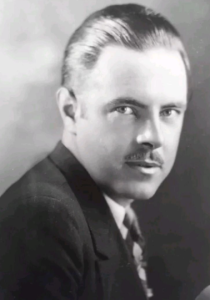
Marilyn Monroe’s father, Charles Stanley Gifford, remains one of the most mysterious figures in her life. Born on September 18, 1898, Gifford worked as a film industry technician. He had a brief affair with Gladys Pearl Baker, which resulted in Marilyn Monroe’s birth. However, Gifford denied paternity and played no role in Monroe’s upbringing.
For many years, Monroe longed to uncover the truth about her father. It wasn’t until 2022 that DNA testing confirmed Gifford as her biological father, putting an end to decades of speculation.
These complex parental relationships had a profound influence on Marilyn Monroe’s life, shaping her emotional struggles and her ongoing search for belonging.
Marilyn Monroe’s Marriages & Family Connections
James Dougherty (1942–1946)
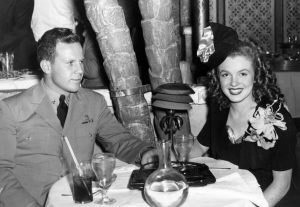
Marilyn Monroe’s first husband, James Dougherty, was a Los Angeles police officer and Monroe’s teenage sweetheart. They married in 1942 when Marilyn was just 16 years old. The marriage was largely one of convenience, ensuring Monroe had stability while her mother battled mental illness. The couple divorced in 1946, just as Monroe began pursuing a career in modeling and acting.
Joe DiMaggio (1954–1954)
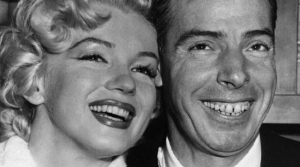
Joe DiMaggio, the legendary baseball player, became Monroe’s second husband. Their whirlwind romance captivated the media, but their marriage was fraught with jealousy and tension. DiMaggio’s controlling nature clashed with Monroe’s rising fame. Despite their divorce after just nine months, DiMaggio remained devoted to Monroe, even arranging her funeral in 1962.
Arthur Miller (1956–1961)
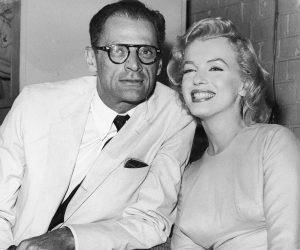
Playwright Arthur Miller was Monroe’s third and final husband. Their relationship was built on intellectual attraction, but Monroe’s insecurities and mental health struggles put immense strain on the marriage. The couple divorced in 1961, just a year before Monroe’s untimely death.
Marilyn Monroe’s Children
While Monroe had no biological children, she experienced several miscarriages and ectopic pregnancies throughout her marriages. Her struggles with fertility were a source of heartbreak and added to her emotional turmoil.
The Marilyn Monroe’s Family Tree Chart
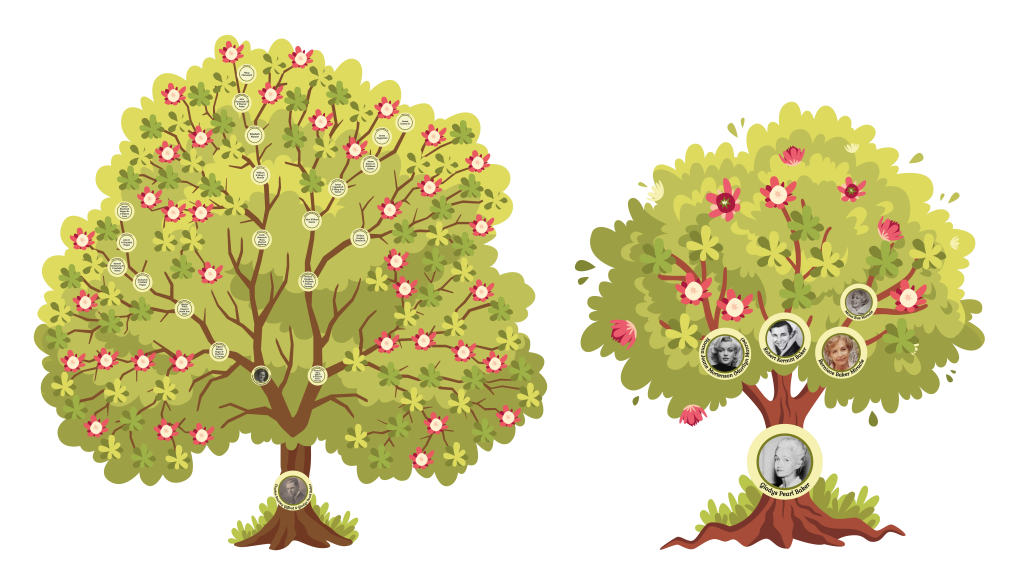
Creating a detailed family tree is an excellent way to understand the connections between Monroe’s relatives. Tools like Treemily can simplify this process. If you’re inspired to map out Monroe’s ancestry — or even your own — here’s a simple guide to help you get started:
- Define Your Family Size: Determine the scope of your tree, whether you want to include distant relatives or keep it focused on immediate family.
- Decide on Who to Include in Your Family Tree Layout: Start with direct ancestors like parents, grandparents, and siblings. Add extended family as desired.
- Older Records Require More Effort: Historical records may be less organized, so be prepared to dig deeper when exploring older generations.
- There Might Be Someone Talking About Your Ancestors: Online forums, social media groups, or genealogy sites can uncover valuable family insights.
- Question All Sources: Family lore often contains inaccuracies, so cross-check details with multiple sources.
- Use Treemily to Create Your Family Tree: Platforms like Treemily offer intuitive tools to visualize your family tree beautifully and effectively.
Marilyn Monroe’s Siblings & Extended Family
Berniece Baker Miracle – Marilyn’s Half-Sister
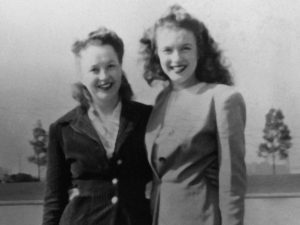
Berniece Baker Miracle was Marilyn Monroe’s half-sister, born from her mother’s first marriage. Despite growing up separately, the two sisters maintained a strong bond in adulthood. Berniece often supported Monroe during her rise to fame, and they remained in contact until Monroe’s death in 1962. Berniece later wrote a memoir titled My Sister Marilyn which provides heartfelt insights into their relationship.
Robert Kermitt Baker – Half-Brother
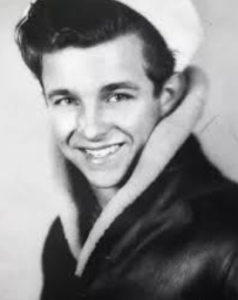
Robert Kermitt Baker was Monroe’s half-brother, also born from Gladys Pearl Baker’s first marriage. Unfortunately, Robert faced significant struggles in life and spent time in psychiatric institutions. He remained largely disconnected from Monroe’s life.
Marilyn Monroe’s Maternal Grandparents
Otis Elmer Monroe (1866–1909)
Otis Elmer Monroe was Marilyn Monroe’s maternal grandfather. Born in 1866, he worked as a house painter—a job that allowed him to scrape by but hardly made him wealthy. Sadly, his life ended in 1909, when Marilyn’s mother, Gladys, was still very young. The sudden loss of Otis meant that Gladys grew up without the steady presence of a father figure, setting a difficult precedent for the family’s future.
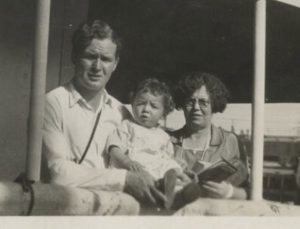
Della Mae Hogan (1876–1927)
Della Mae Hogan, Marilyn’s maternal grandmother, also faced her own mental health challenges. The emotional strain she experienced is often cited as one of the factors that contributed to Gladys’s own mental health issues later in life. Della died in 1927, leaving behind a legacy of fragility and hardship that would ripple through the generations.
Marilyn Monroe’s Paternal Grandparents
Frederick Almy Gifford (1873–1948)
Frederick Almy Gifford, Monroe’s paternal grandfather, was by trade a dairyman in California. While he was alive during Marilyn’s childhood, there’s little evidence he was deeply involved in her life. Some accounts suggest that she only learned bits and pieces about her paternal grandparents during her teenage years and later adulthood. Frederick passed away in 1948, right around the time Marilyn’s career was starting to take off, meaning she never had the chance to fully know him.
Elizabeth Tennant Gifford (1878–1948)
Marilyn’s paternal grandmother, Elizabeth Tennant Gifford, led a quieter life and also died in 1948, the same year as Frederick. Unfortunately, her death reinforced the pattern in Marilyn’s life: a recurring loss of family ties before she could establish deeper bonds.
Marilyn Monroe’s Foster Families and Guardians
One of the more striking details in Monroe’s early life is just how many times she was moved around. According to several biographical sources, she lived in as many as a dozen different foster homes by her mid-teens—a testament to the instability she faced.
Albert and Ida Bolende
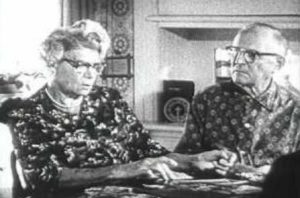
When Marilyn was very young (still going by Norma Jeane), she was placed in the care of Albert and Ida Bolende. The Bolendes were described as devout Christians who provided a disciplined environment. While this period gave her a semblance of structure, it was ultimately short-lived because of her mother’s ongoing struggles and the financial burden of caring for a child.
Grace McKee Goddard
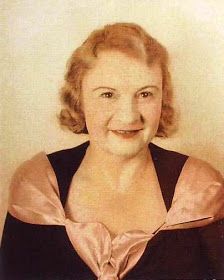
Grace McKee Goddard was a close friend of Monroe’s mother, Gladys. When Gladys was institutionalized, Grace stepped in as Marilyn’s legal guardian. She recognized Marilyn’s spark—her fascination with cinema and her longing to be on the big screen—and encouraged her to dream bigger. Many historians believe Grace was one of the first consistent sources of support in Marilyn’s life, even though Grace’s own circumstances weren’t always stable.
Ana Lower
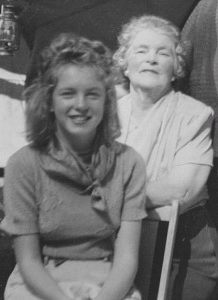
Ana Lower, a relative of Grace McKee Goddard, gave Marilyn perhaps her most nurturing home life. By providing emotional warmth and a sense of security, Ana’s household became a rare sanctuary for Marilyn during her tumultuous teenage years. It was also during this time that Marilyn began to develop a stronger sense of self, which many believe contributed to her resilience in the notoriously tough film industry.
Marilyn Monroe’s Family Legacy & Ancestral Heritage
Monroe’s genealogy is woven from threads of resilience, struggle, and intermittent support. Despite losing her grandfather Otis at a young age, dealing with her grandmother Della’s mental health issues, and experiencing the absence of her paternal grandparents Frederick and Elizabeth, Marilyn forged ahead. Placed in multiple foster homes and under the care of various guardians, she quickly learned to adapt to new surroundings.
These experiences, heartbreaking as they were, contributed to the depth of emotion she brought to the screen. They may also help explain why her public persona, so full of sparkle, remained tinged with an undercurrent of vulnerability. While exact numbers vary, most biographers agree that she spent a significant portion of her childhood in foster care—up to 14 different living situations, including the Los Angeles Orphans Home Society.
Yet, against the odds, Marilyn Monroe emerged not only as a Hollywood icon but also as a symbol of resilience for anyone who has ever come from a fragmented family background. Her global fame, which endures decades after her death, serves as a testament to her indomitable spirit. Today, even with the tragedies that shadowed her life, Monroe’s legacy continues to illuminate pop culture and shape how we talk about the private struggles behind public glamour.
Conclusion
For those interested in tracing Monroe’s lineage — or building their own family tree — resources like Treemily make the process easy and interactive.
FAQs About Marilyn Monroe’s Family Tree
1. Who was Marilyn Monroe’s father?
Marilyn Monroe’s father was Charles Stanley Gifford. For many years, her paternity remained shrouded in mystery—Marilyn’s mother, Gladys Pearl Baker, identified Gifford as the father, but he never publicly acknowledged her. In 2022, DNA testing finally confirmed Gifford’s paternity beyond any doubt. This revelation offered a measure of closure to a decades-long question in Marilyn’s personal history.
2. Are there any living relatives of Marilyn Monroe?
Indeed, there are. Marilyn had a half-sister, Berniece Baker Miracle, with whom she connected later in life. Berniece went on to have children of her own, meaning Marilyn’s familial line still exists through her half-sister’s descendants. While Marilyn herself had no direct heirs, her extended family remains part of her ongoing legacy.
3. Did Marilyn Monroe have children?
Marilyn Monroe had no surviving children. She faced multiple miscarriages and health challenges, which tragically prevented her from carrying a pregnancy to term. These struggles added to the emotional hardships in her life—a side of Marilyn that is sometimes overshadowed by her iconic Hollywood image.
4. Why is Marilyn Monroe’s paternity so controversial?
For many years, Marilyn’s paternity was in dispute, primarily due to Charles Stanley Gifford’s denial of his involvement. Without conclusive evidence, rumors circulated, and Marilyn often didn’t speak publicly about her father. Only in recent times did DNA evidence confirm what her mother had long maintained. This late-breaking confirmation underscores just how complex and sensitive Marilyn’s family story is—illustrating that even Hollywood legends can have intensely personal, unresolved questions about their roots.
READ ALSO:





